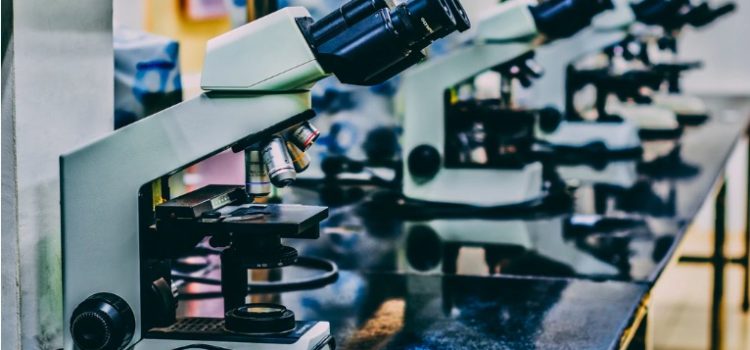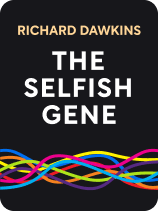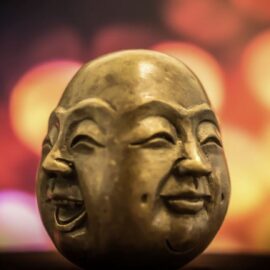

This article is an excerpt from the Shortform book guide to "The Selfish Gene" by Richard Dawkins. Shortform has the world's best summaries and analyses of books you should be reading.
Like this article? Sign up for a free trial here .
What is the selfish gene theory? How does it depart from traditional biologists’ views of organisms and evolution?
The selfish gene theory, developed by evolutionary biologist and author Richard Dawkins, contradicts traditional perspectives in biology and evolution. He argues that life is best understood from the genetic perspective as opposed to the organismal perspective.
Read on for more about the selfish gene theory.
The Logic Behind the Selfish Gene Theory
All behaviors in nature lead back to genes trying to copy themselves, which is the core of the selfish gene theory. Selfishness and altruism can both be explained by animals acting to protect either themselves or their relatives (who will, by definition, share many of their genes).
Note that, due to countless variables, it’s impossible to say exactly what effect a behavior will have on a creature’s long-term chance of survival. Therefore, all of the examples throughout this essay are presented with what we assume the effects of those actions will be.
Emperor penguins demonstrate selfish behavior when they push each other into the water to check for predators before diving in themselves. Meanwhile, bees demonstrate altruistic behavior when they sting to defend their hives—while they may drive off creatures that would have eaten the hive’s food source, the honey, the bees themselves often die in the process.
However, selfishness and altruism aren’t always immediate life-or-death acts. For example, a bird that gives an alarm call upon seeing a predator is being altruistic, because the bird might draw that predator’s attention to itself. It’s a relatively small risk compared to that of a bee stinging an intruder, but it still counts as altruism.
For all the earlier talk of creatures reproducing, it must be understood that the gene is the unit of inheritance—not the creature, species, or population. Therefore, creatures’ selfishness and altruism are both rooted in gene selfishness.

———End of Preview———
Like what you just read? Read the rest of the world's best book summary and analysis of Richard Dawkins's "The Selfish Gene" at Shortform .
Here's what you'll find in our full The Selfish Gene summary :
- Why organisms don't matter, only genes do
- How all life forms begin with a replicating molecule
- How species need to balance aggression and pacifism to survive






